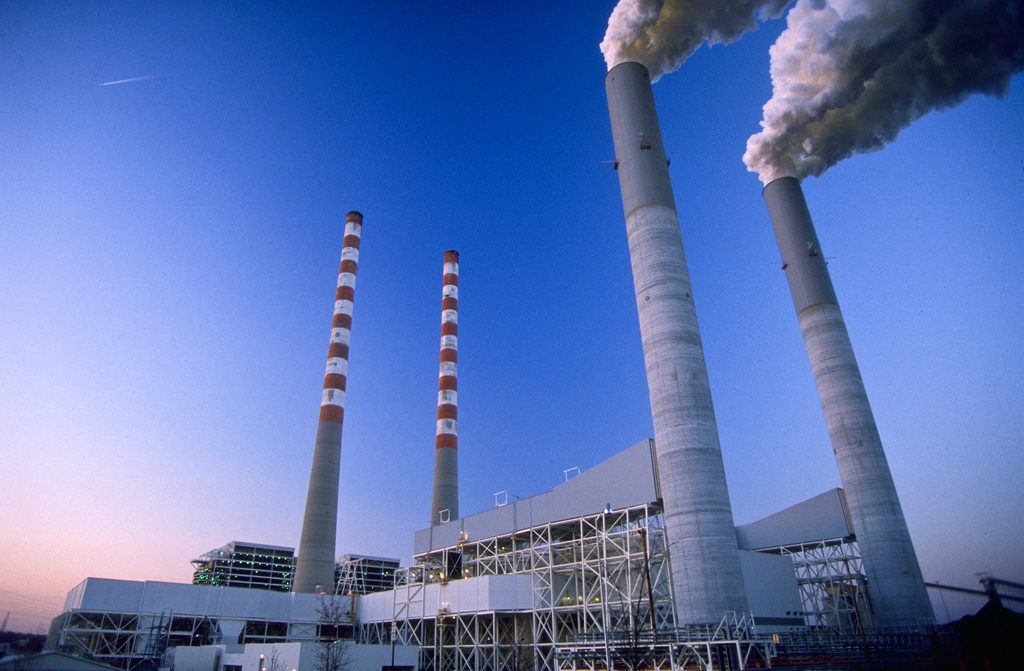
More natural gas. Less coal. That’s the immediate plan for delivering power to Tennessee’s homes and businesses.
And while the Tennessee Valley Authority says it eventually wants to pull more from renewable solar and wind energy, it will not rush to get there.
Those are just some of the concepts revealed Monday, when the power producer released a final version of its latest “resource plan.” The 214-page document lays out a new strategy for the TVA, including how it expects to meet growing demand for electricity over the next two decades.
TVA planners are stressing the need for “flexibility.” They believe in shifting from fossil fuels to renewables. But jumping into those technologies too quickly will just hurt customers, says Joe Hoagland, the TVA’s vice president of stakeholder relations.
“We need to do what is cost-effective and provides the least risk for the ratepayers over the long run.”
The TVA says it would be less economically risky to build more turbines powered by natural gas and phase in renewable power as costs come down. Exactly when that switch occurs will depend on the price of natural gas, which right now is relatively cheap.
Amanda García, a staff attorney with the Southern Environmental Law Center, says she’s disappointed TVA isn’t putting more emphasis on renewables. But she’s pleased about another part of the plan: the TVA says it’ll commit to doing more to promote energy efficiency.
“I think that residential energy efficiency is a relatively untapped market.”
The report notes that energy efficiency efforts are already driving down demand for electricity. The authority projects demand will grow by about 1 percent a year, the equivalent of about 170,000 new households annually.
That’s down from annual growth of 3 percent just four years ago.
Less demand for electricity means the TVA will continue with plans to shut down five of its 10 coal plants and will study decommissioning a sixth. It also means the TVA does not foresee building any more nuclear reactors.
Planners say such massive facilities are too costly to build and maintain.
Watts Bar Unit II is expected to go into operation later this year, after lengthy delays and cost overruns.


